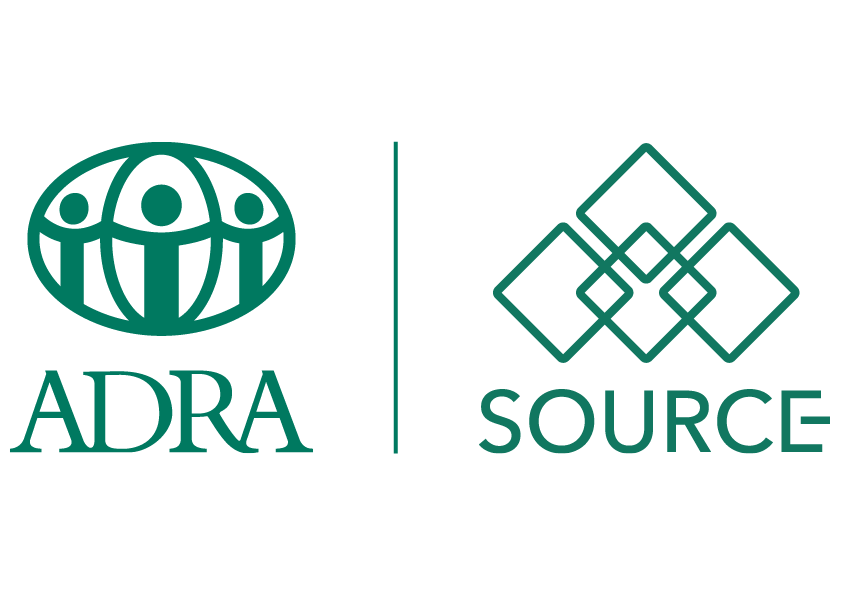Cybersecurity is the discipline of protecting digital: computers, networks, devices and data.
These constitute an “Information Technology System”, from: unauthorized access, cyberattacks, damage, theft, and other malicious activities.
To achieve this goal, Cybersecurity resorts to various: technologies, processes and practices designed to safeguard digital information and ensure confidentiality, integrity, and availability of data and information.
Key safeguards of Cybersecurity include:
- Risk Management: Identifying, assessing, and mitigating potential cybersecurity risks and vulnerabilities to protect against attacks and threats (a threat is the potential benefit for an unauthorized 3rd party to gain access to a system/ data/ information).
- Access Control: Implementing measures to control and restrict access to IT systems, ensuring that only authorized users can access them and act on them according to their permissions.
- Encryption: Using encryption techniques to encode data in a way that makes it unreadable to unauthorized users (meaning those who do not have “the encryption Key”), thereby protecting it from interception or theft.
- Firewalls and Intrusion Detection Systems (IDS): Deploying firewalls and IDS to monitor network traffic, detect suspicious or unauthorized activities, and prevent unauthorized access to IT Systems.
- Endpoint Security: Securing individual devices such as personal computers, smartphones, and tablets against malware, ransomware, and other malicious software; plus having internal rules on the use of such devices.
- Patch Management: Regularly updating software, applications, and systems with the latest security patches and fixes to address known vulnerabilities and protect against exploitation.
- Awareness and Training: Having adequate Policies and Procedures in place and informed to the team, including educating users about cybersecurity best practices, such as creating strong passwords, recognizing phishing attempts, and avoiding suspicious links or attachments.
- Incident Management: Developing and implementing plans and procedures to respond effectively to Cybersecurity incidents, including breaches, data leaks, and other security breaches.
- Regulatory Compliance: Ensuring compliance with relevant laws, regulations, and industry standards related to cybersecurity, such as applicable Personal Data Protection Regulations.
Cybersecurity is one of the “must have” tools in our Digital era, where organizations and individuals rely heavily on technology for communication, commerce, and daily activities. Effective cybersecurity measures help to protect data/ information, maintain trust and confidence in digital systems, and mitigate the potentially devastating impact of Cyberattacks.
If you want to keep your data safe, then you need ADRA Source’s Security Tool. Learn more HERE.

